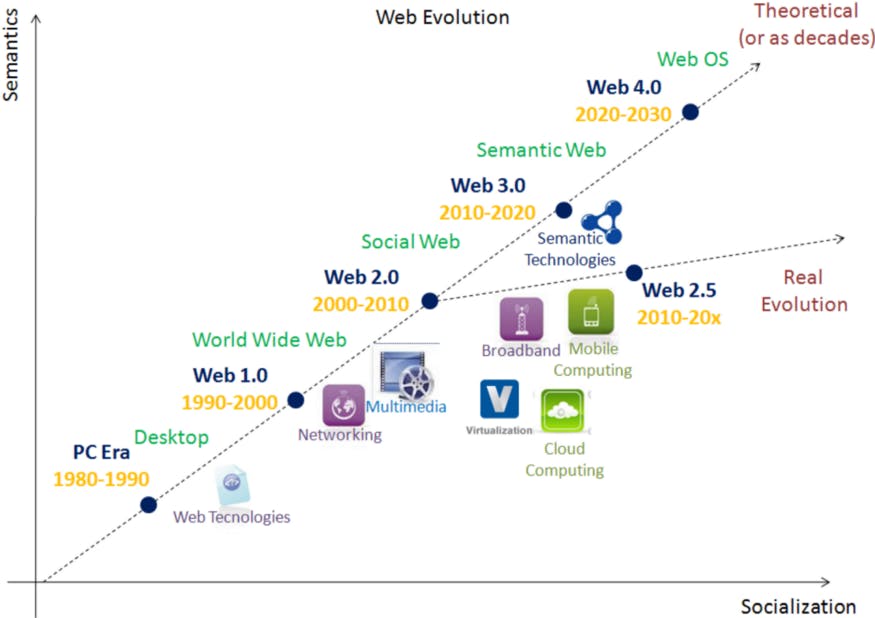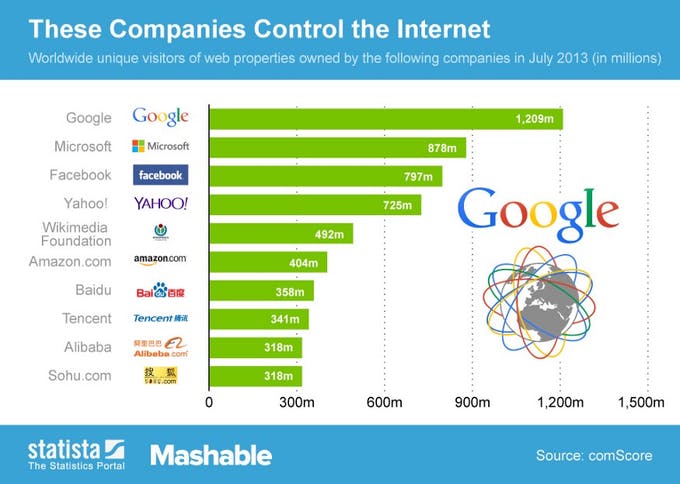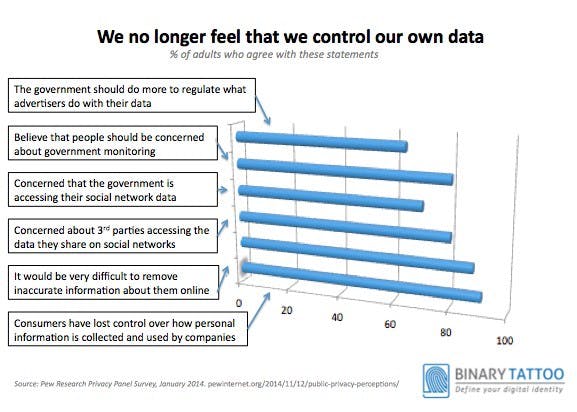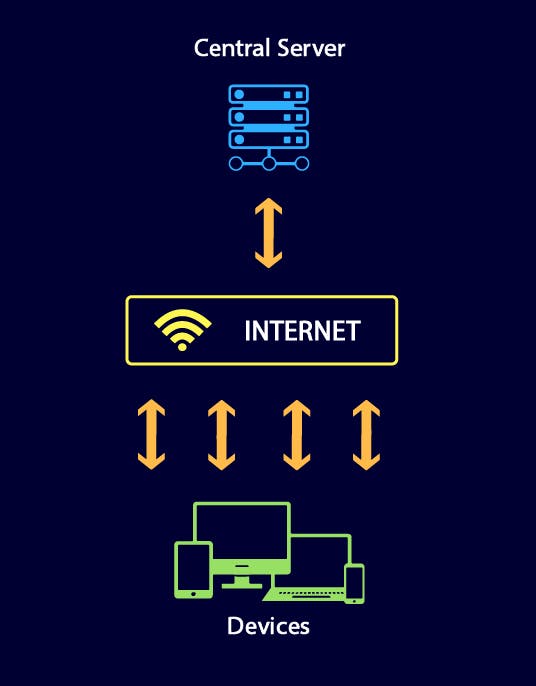Moving from Dictatorship to Democracy in the Digital World via Web 3.0
Decentralized Web: No middlemen, Censorship Resistant, Highly Secure
Overview of Web 3.0
Web 3.0 is the 3rd generation of the internet where the devices are connected via a decentralized network instead of a server-based database. This new internet era will be more secure, private, and user-centric.
Evolution of Web:
Web 1.0 -> Web 2.0 -> Web 3.0

Timeline:
Web 1.0 (1989–2005)
Web 2.0 (2005– present)
Web 3.0 (yet to come)
Read — Web 1.0
Read & Write — Web 2.0
Read, Write and own your data — Web 3.0
We are moving towards decentralized internet. Nodes, in this case, will be on the blockchain, and we will have dApps.
If you are not paying for the service, you are the product.
These Companies Control the Internet (Source: Statista)
Web 2.0 — dominated by Big Tech Companies

With more data comes more money; with more money comes more power/control.
Data Ownership Reality Right Now —
-> You don’t own your data
-> Your data is being used against you — targeted advertising, spying by adversaries, etc. — basically, we all become cash cows for them.

With a decentralized network, we can create apps that are
OpenSource and profitable
Community driven
Censorship Resistant

Issues with Centralization —
Data privacy
Data Ownership Concerns
Single point of failure can be catastrophic for the users as well as other dependencies.
Significant Web 3.0 Benefits:
Anti-monopoly and Pro-Privacy
Secure Network
Data Ownership
Availability
Trustless
Web3 is all for transparency.
Web 2 ---> Web 3
Google Chrome → Brave
Gmail → Skiff
Twitter → Mastodon
Paypal → Cryptos
Google Drive → Storj
YouTube → Odysee
Facebook → Minds
WhatsApp → Session
Banks → Metamask

